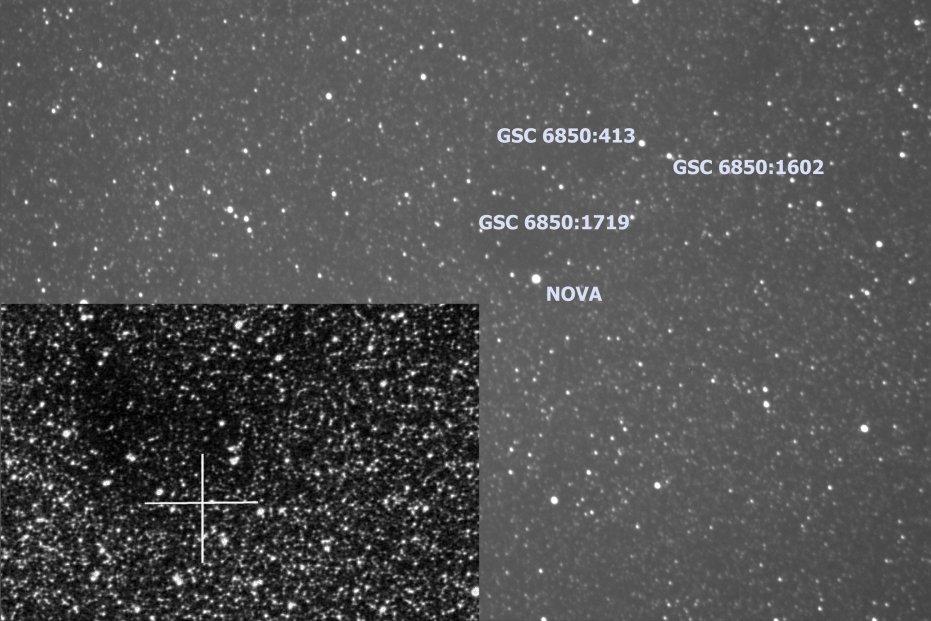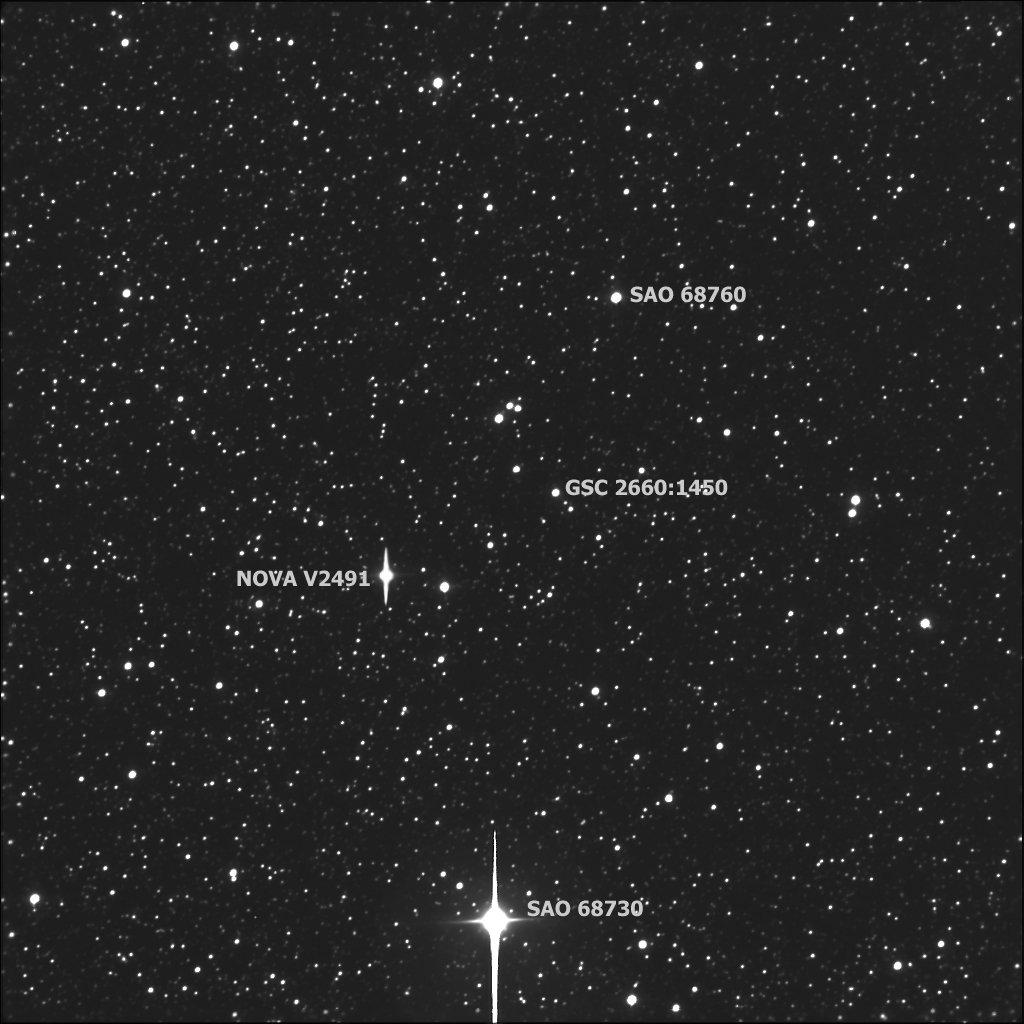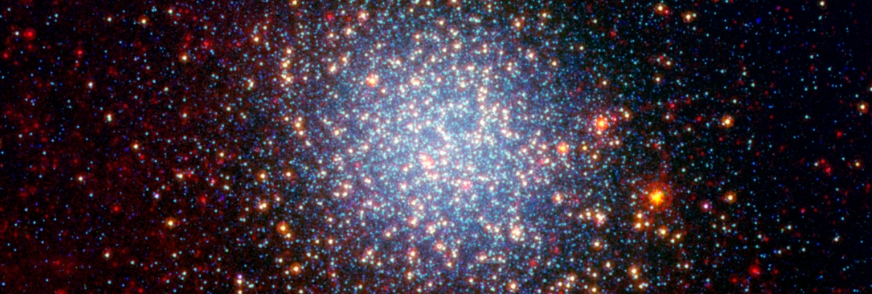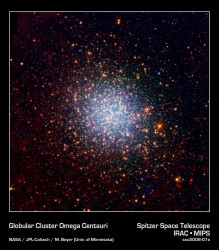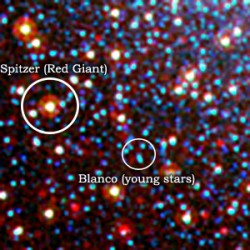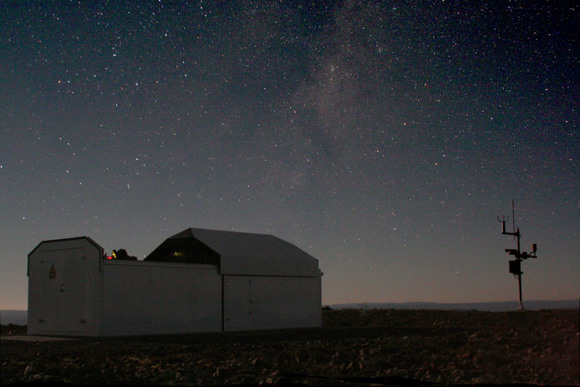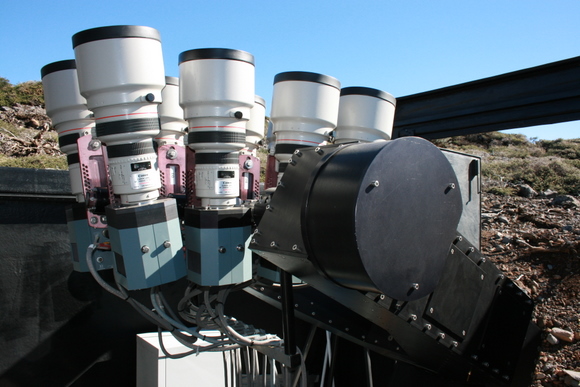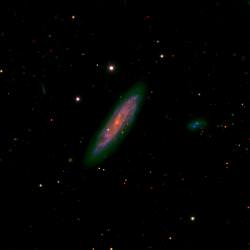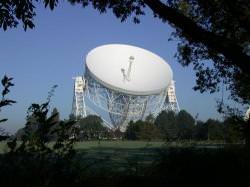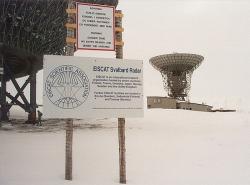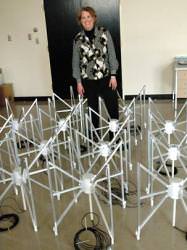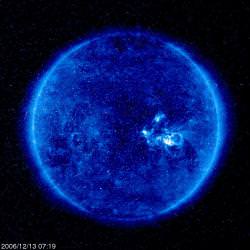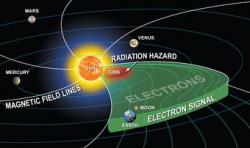Hold on to your hats… It’s happening again. According to AAVSO Special Notice #105 released on April 19, another possible nova event is now occurring in Sagittarius. Through their quick actions, Macedon Ranges Observatory in Central Victoria, Australia was on top the alert and imaging.
AAVSO Special Notice #105
Possible Nova in Sgr
April 19, 2008
The CBAT Unconfirmed Observations Page listed
a possible nova in Sgr. After a call on VSNET-ALERT,
Ernesto Guido and Giovanni Sostero (Remanzacco
Observatory) used a robotic telescope near Mayhill, NM
to confirm the new object (VSNET-ALERT 10077).
They provide accurate coordinates (using UCAC2) as:
18:05:58.90 -27:13:56.3 J2000
No magnitude is given by Guido and Sostero, but
the original discovery magnitude was 8.4C on 20080418.
No star close to this position is seen in the
USNO-B nor 2MASS catalogs. Kato (VSNET-ALERT 10075)
indicates that this new outbursting object has
a pre-discovery observation by ASAS:
20080416.3048 11.671V (ASAS (Pojmanski, G. 2002, Acta Astron. 52,397)) but was not visible 3 days earlier.
The quick acting staff at MRO immediately went to work imaging the area and comparing their results to the sky survey plates. The results are clear… Yet another new nova has been discovered.
Says Observatory Director Bert Candusio: “This was as exciting as the first Alert exercise done by the MRO only a few days ago. Although MRO tried to get the observation to the AASVO, we decided to supply the images to Universe Today so the general public could get the first glimpses of this exciting new object.”
Once the coordinates were in place, Joe Brimacombe immediately set to work with a 12.5″ Ritchey Chretien Optical Systems telescope and began imaging the target area with a STL 6303 CCD camera. Within 90 minutes the images were processed and the painstaking process of comparison began. By isolating certain star patterns within the area, the nova event was quickly confirmed and revealed in above comparison image (click to enlarge).
In this day and age of strictly professional observations that only belong to a specific community, it’s fantastic to be able to have a group of scientists share with the general public up-to-the minute findings. We applaud their work!

